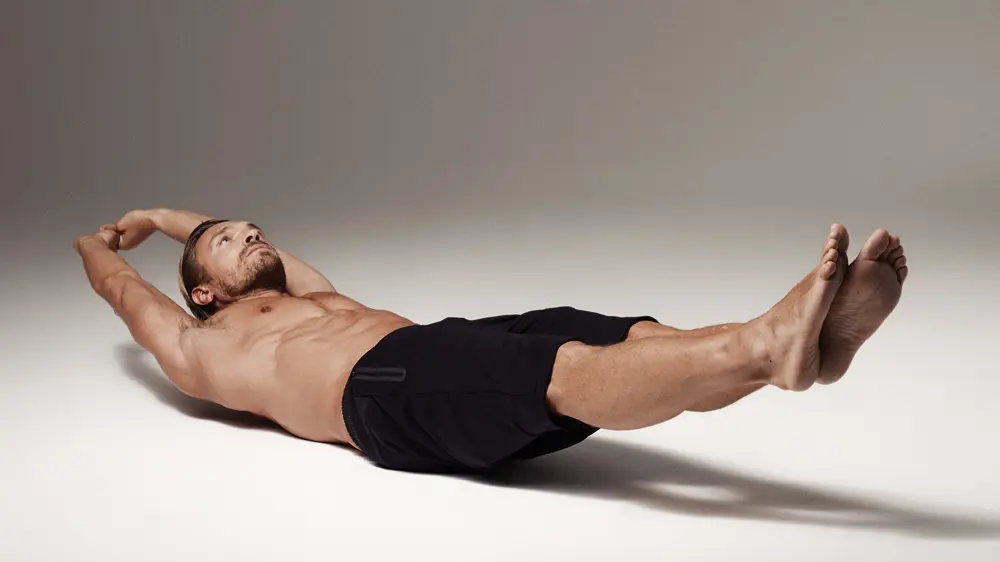
The best online fitness resource you'll ever need. We filter out the BS to ensure you meet your health and fitness goals!

The best online fitness resource you'll ever need. We filter out the BS to ensure you meet your health and fitness goals!

Force resistance is one of your core’s main jobs, so training isometrically– holding yourself still under contraction- way should always be a priority. If you want a strong core, you need to make use of exercises that rely on isometric tension and stability.
Enter the hollow hold. It’s an isometric bodyweight exercise that can be used to greatly enhance your power and athleticism by strengthening your entire midsection. Energy transference through your body will be improved, as will the baseline stability of everything you do, as you use the hollow hold to develop tight, stable core musculature.
The hollow hold is one of the best, most effective core stability exercises you can find. It requires no equipment, no specialist knowledge, and no prior experience: just jump into position, struggle a little (or a lot), shake, sweat and, ultimately, come away stronger.
The hollow hold is all about maintaining a solid, stable core with as much mind-muscle engagement as possible. Therefore, don’t simply follow the physical instructions below: throughout, work on the mind muscle connection by actively, mindfully keeping your abs and obliques tight and engaged.
This said, there is of course quite an intense physical side to the hollow hold. To perform it:
There are a couple of things you can try if you struggle with the hollow hold at the beginning.
Firstly, you can bring your arms and legs up to a couple of feet, rather than a couple of inches. This will lighten the load slightly.
Alternatively, you can work your upper and lower body separately. Anchor your feet to the ground with a barbell and work your torso. Then reverse, anchoring your hands and lifting your legs.
Once the hollow rock becomes too easy on the other hand, you can begin to bring a dynamic element to the exercise for hollow rocks.
To perform hollow rocks:

The hollow hold uses the full range of your core muscles, alongside a substantial amount of back and leg musculature. These include:
The hollow hold helps you to build strength and stabilization in your core and lower back muscles, whilst simultaneously building up a stellar mind-muscle connection. This is because it isometrically targets the transverse abdominis, rectus abdominis, obliques, quads, hip flexors, inner thighs, and erector spinae muscles: these are near enough all of the muscles of your trunk and upper legs.
Because of this, the hollow hold will aid in increasing your major compound lifts. A strong, stable core is vital for force transference and foundational strength across any major barbell work, such as squatting, deadlifting, pressing and rowing. You cannot be strong in compound lifts without having a strong core that you can activate at will.
Hollow holds will also improve your posture and help to allay lower back pain. It will train your core to hold your lower back straight and steady and will enable your body to better resist the common lower back arching that is something of a hallmark of back pain.
This will be partly from the increased strength caused by the exercise stimulation itself and partly from the mind-muscle connection allowing you to activate the core muscles to hold you in better posture.
Hollow holds are also incredibly low impact: they bring about barely any stress to the joints, whilst eliciting a great deal of adaptation throughout the entire trunk. They are therefore perfect in many instances of rehabilitation or for those with joint problems, such as arthritis. Will all this in mind, it’s probably about time to give the hollow hold a go. You will have a stronger core for it. Your core will be far more active, far more under your control and thus, ultimately, far better at its job: protecting your trunk, resisting motion and holding your upright with good posture.